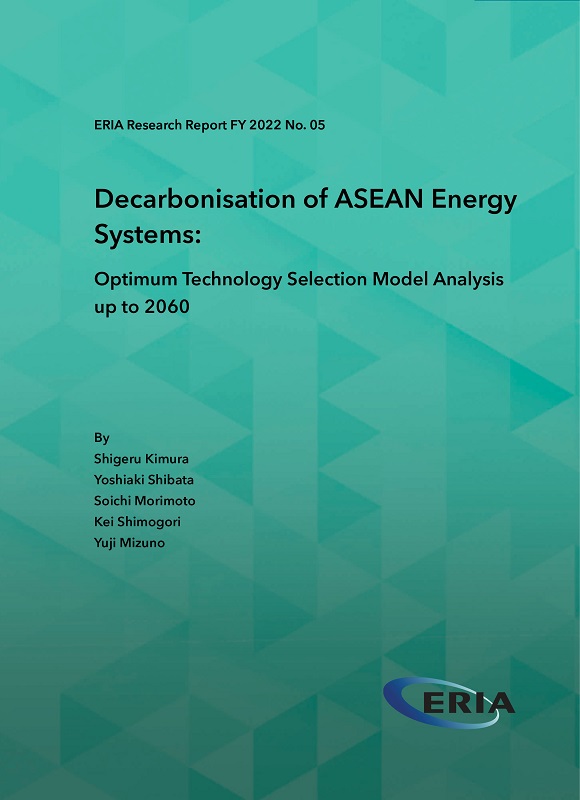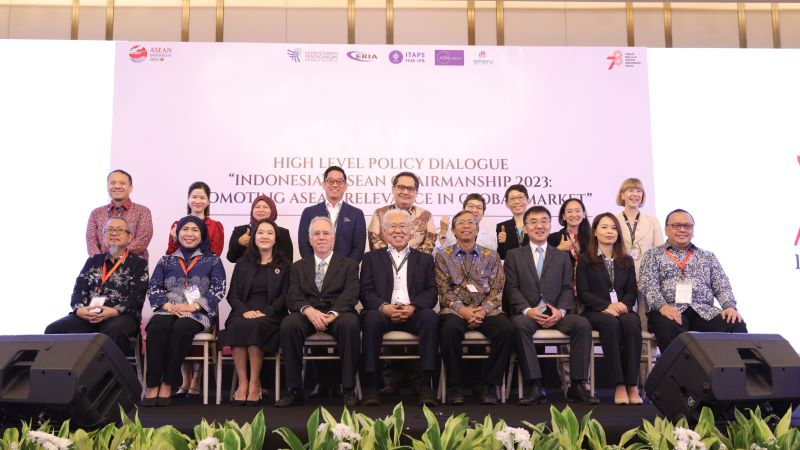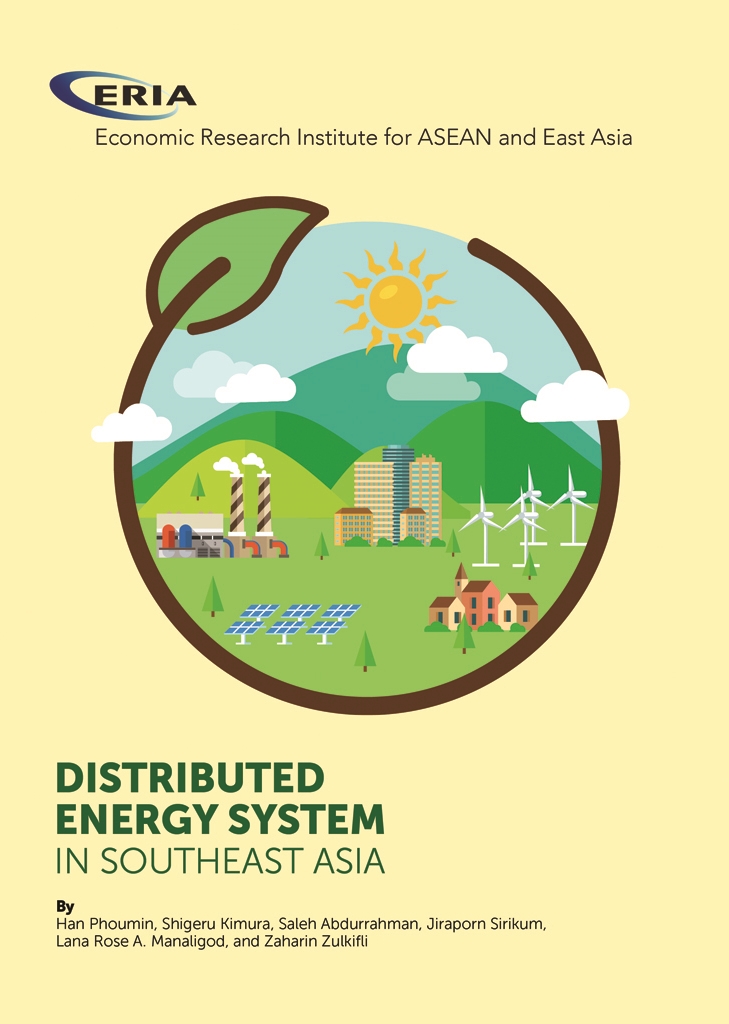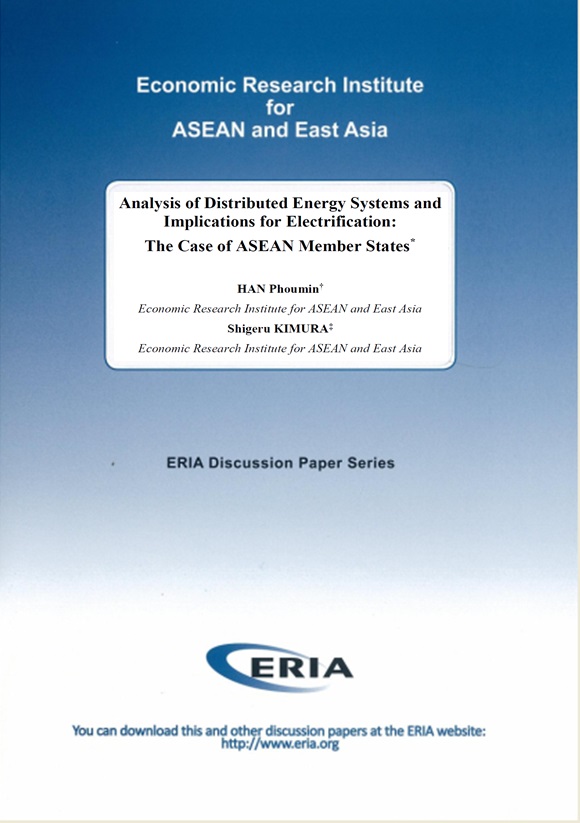Decarbonisation of ASEAN Energy Systems: Optimum Technology Selection Model Analysis up to 2060

Date:
21 July 2022Type:
Research Project ReportsTags:
Energy, Environment and Climate Change, Innovation and TechnologyPrint Article:
During the United Nations Climate Change Conference (COP26) in Glasgow, United Kingdom, many countries committed to achieving carbon neutrality by 2050 or 2060. ASEAN countries will find it very challenging to achieve carbon neutrality as: (i) ASEAN countries depend largely on fossil fuels, coal, and gas for power generation and oil for transport; (ii) ASEAN countries will continue to increase energy consumption to catch up economically with OECD countries, and (iii) variable renewable energy such as solar and wind is not suitable for use in ASEAN countries as the ASEAN region has basically two seasons – dry and rainy – and few areas where wind speed is stable. Variable renewable energy will not, therefore, ultimately contribute to achieving carbon neutrality in the region. To help ASEAN countries achieve carbon neutrality, ERIA, in collaboration with the Institute for Energy Economics, Japan, has been seeking carbon-neutral pathways for ASEAN countries by applying an optimisation approach, i.e. a linear programming model, to choose low- or zero-emission technologies under a carbon dioxide (CO2) emission constraint and cost minimisation objective function. Installation of zero-emission energy technologies – hydrogen/ammonia, carbon capture utilisation and storage (CCUS), direct air capture (DAC), and biomass energy with CO2 capture and storage (CCS) – will show ASEAN countries pathways to achieving carbon neutrality, but they will incur a high marginal abatement cost (MAC) by 2050. Hence, innovation in energy technologies will be essential to lower MAC levels. An estimation of the amount of carbon offset by forests will be another important element in trying to achieve net zero emissions in the ASEAN region.
Full Report
Decarbonisation of ASEAN Energy Systems: Optimum Technology Selection Model Analysis up to 2060




